Walmart: facts and figures about the world's number one retailer
The giant influence of Walmart
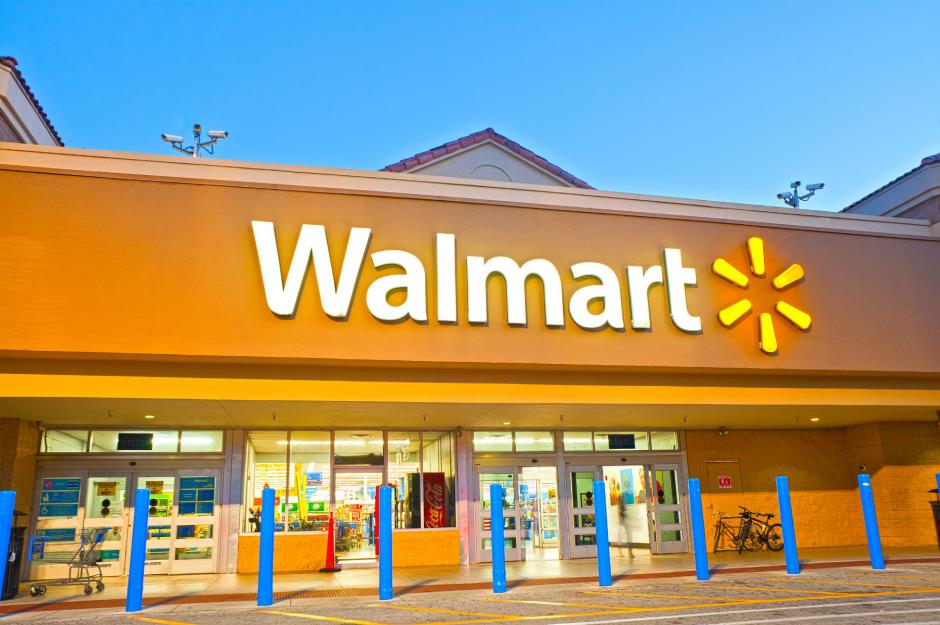
Over the last 60 years, Walmart has become so much more than just America's favourite store. In fact, it's the world's second-largest retailer, with Amazon taking the top spot.
From its record-breaking profits to its millions of employees, Walmart's stores and online presence have a massive impact on what we buy today.
Click or scroll through our gallery as we look at the staggering facts and figures behind Walmart's global success story. All dollar amounts in US dollars, unless otherwise stated.
Start-up success

Walmart founder Sam Walton started his business career by purchasing a Ben Franklin store in Newport, Arkansas in the mid-1940s.
In 1950, he opened the first Walton's 5-10 store in Bentonville, Arkansas. The store was self-service, making it only the third shop in America to operate in such a way.
It was a huge commercial hit and, inspired by this success, Walton began opening a number of other stores. By 1962, he owned more than a dozen shops across the country, and that very same year opened the first Walmart with his brother Bud in Rogers, Arkansas.
Over the next five years, the brothers opened another 23 stores, ringing up $12.7 million (£4.5m) in till sales. That's the equivalent of $99.46 million (£71.6m) in today's money.
All over the globe
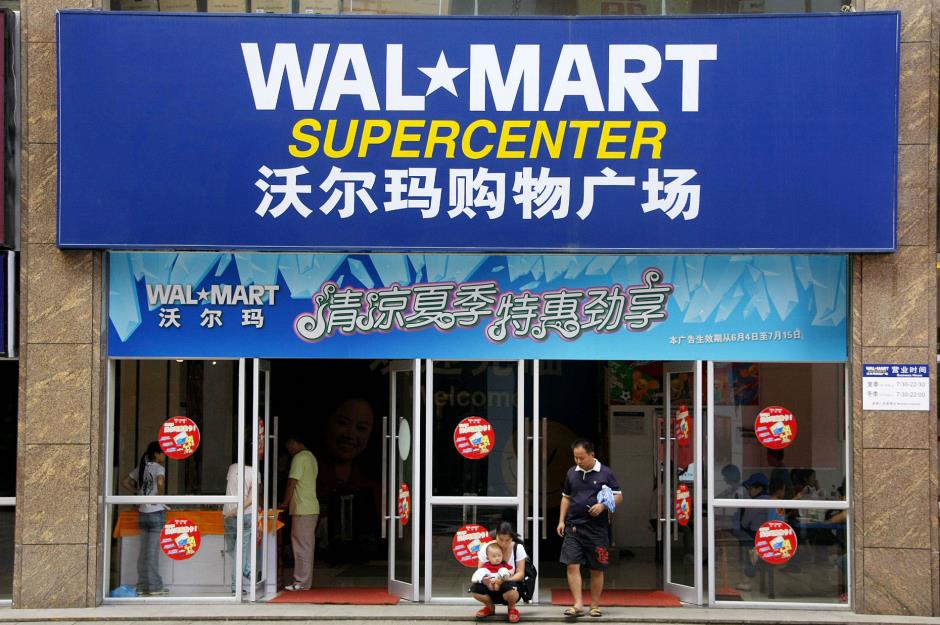
That same growth has continued for the brand and there are currently over 10,500 stores operating across 24 countries.
In fact, the company’s 5,250 international stores outnumber America's 4,735 Walmart locations, although it's worth knowing that the chain operates under a different name in many other countries.
There are also 600 branches of Sam's Club, the member's-only retail warehouses, dotted around the US.
The local
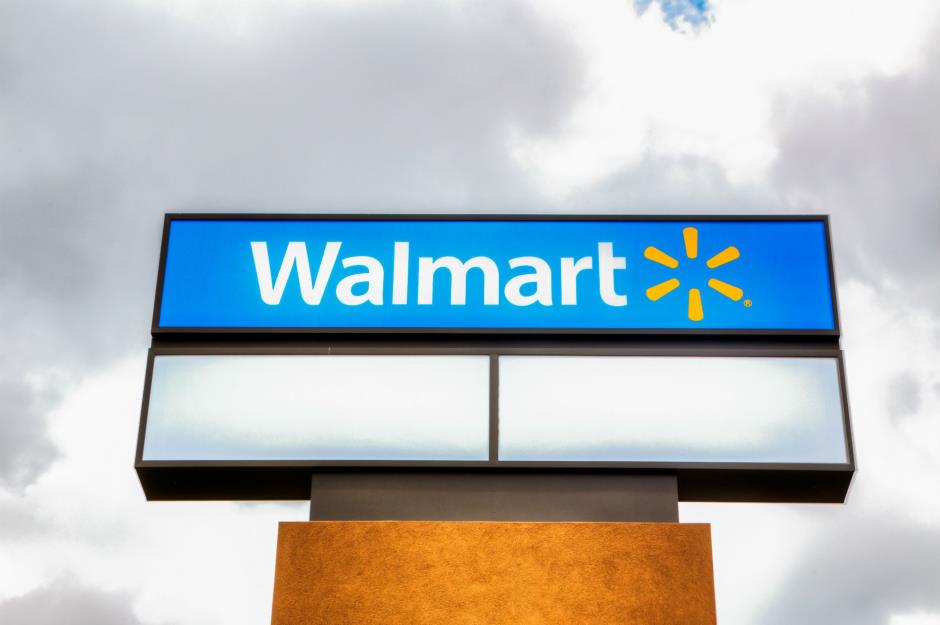
If you live in the United States, chances are that you probably already know the location of your nearest Walmart.
The company says 90% of Americans live within 10 miles of a store. The brand is most dominant across the southeast, with around 500 locations in Texas and 340 locations in Florida.
Average consumer
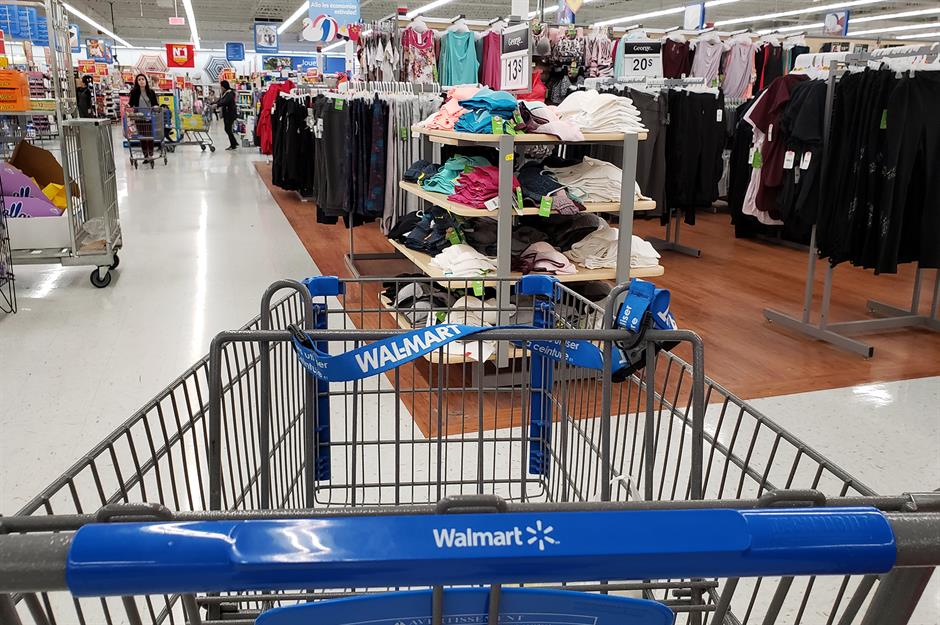
An analysis published by Business Insider found that the typical Walmart shopper is a married white woman who is aged between 55 and 64 years.
She has an average annual income of $80,000 (£66k) and visits her local store at least once a week, spending around $54 (£45) per trip.
We're hiring!
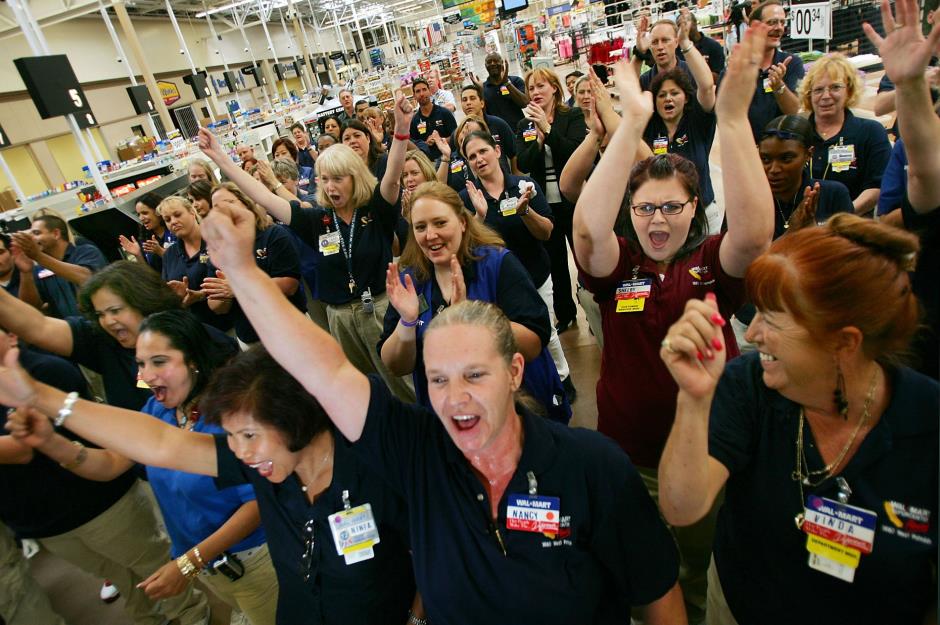
Around 1.6 million Americans work for Walmart, making it the country's largest private employer, and it’s also the largest employer in at least a dozen states.
Collectively speaking, the retailer’s global workforce totals 2.3 million. For scale, Walmart has more employees than there are residents in New Mexico.
Import giant
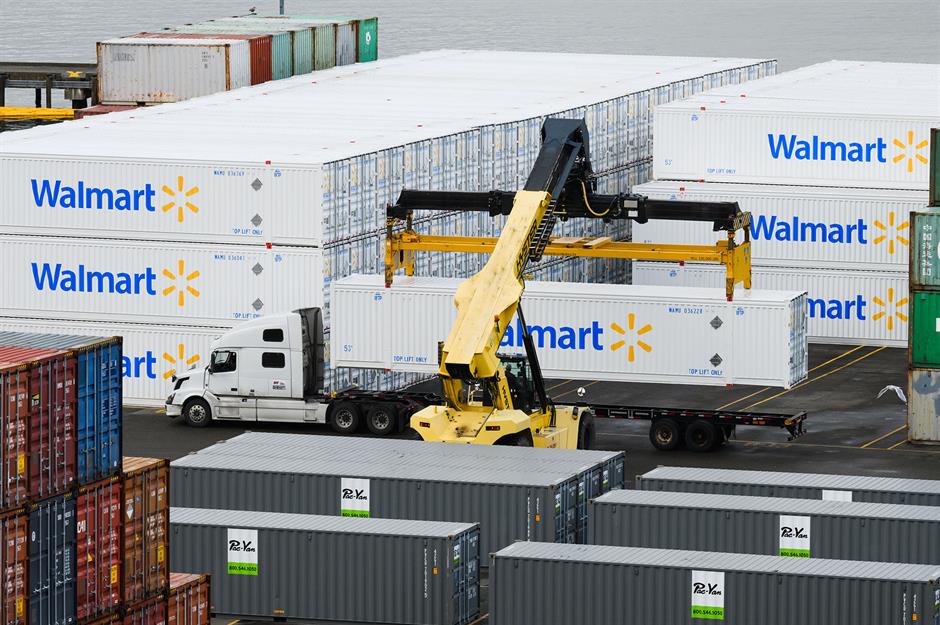
Walmart has also been America’s largest importer for around a decade, streaking ahead of second-place Target by a wide margin.
One study found that the goods that Walmart imported from China between 2001-2013 eliminated the need for as many as 400,000 jobs in the US, mainly in manufacturing.
The Walmart Effect
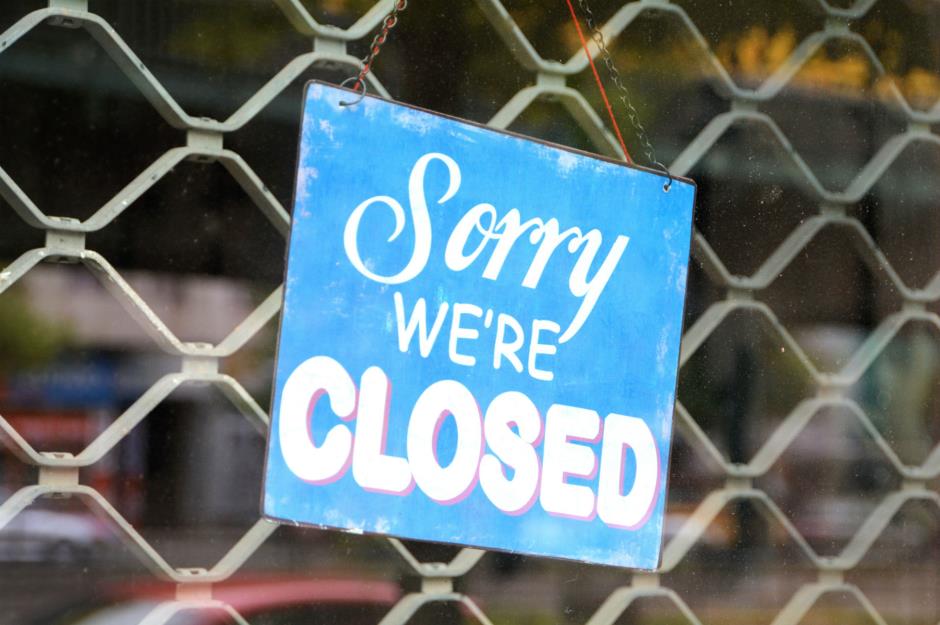
Many others have felt the sting of Walmart’s success. Between 1962 (when Walmart first opened) and 2002, the number of single-store retailers in the US declined by 55%.
This trend has even earned its own name in economics: the Walmart Effect. This acknowledges that businesses with just one outlet naturally struggle to compete with mammoth retailers whose size wields endless advantages.
During the supply chain challenges of Christmas 2021, Walmart was able to charter its own ships and long-haul planes to source toys and other goods that were caught up in shipping delays.
No thank you
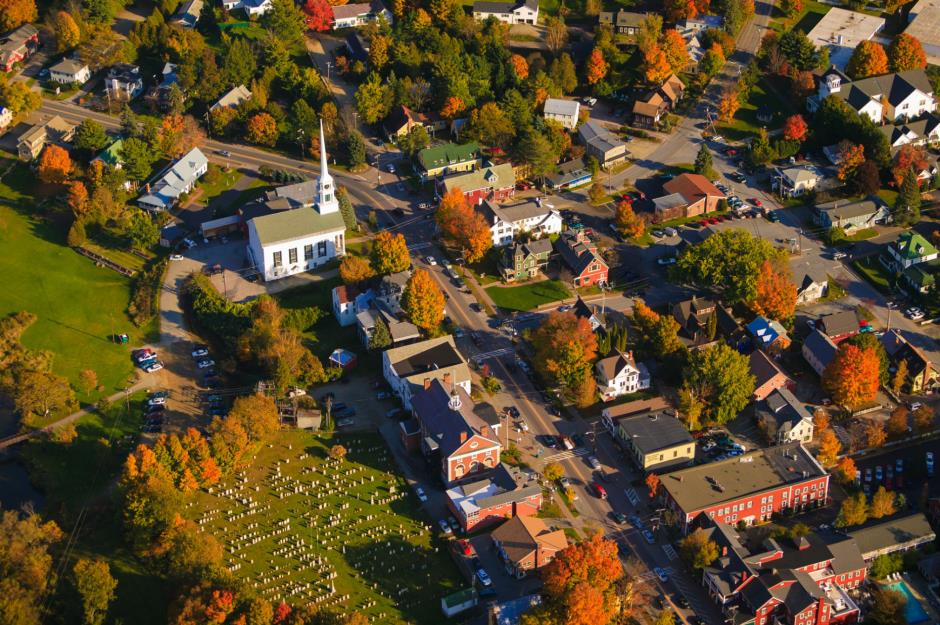
The so-called Walmart Effect is a common reason for local residents to resist the opening of a new Walmart store in their town. For example, when the company wanted to open a location in Vermont in the early 1990s, many people were opposed to the idea.
While Walmart did get the go-ahead to build a store in the area in 1993, the Vermont Natural Resources Council protested and blocked the project for close to two decades. Today, there are still only six stores in Vermont.
Not welcome in New York
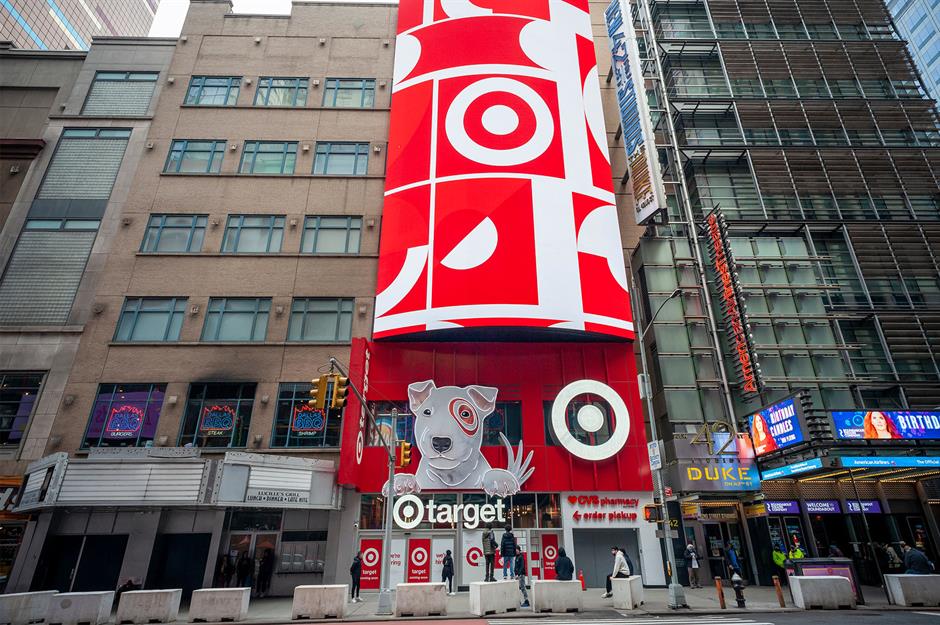
While Walmart is perhaps best suited to rural and suburban locations, that’s not the only reason you might struggle to find a branch in the Big Apple.
New Yorkers have long pushed back against the retailer’s efforts to open up in the city. Walmart donated as much as $4 million to New York charities hoping to pave the way to a store in Brooklyn but with limited success.
In fact, shoppers won’t find a branch of the retail store in several of America's biggest cities, including San Francisco, Detroit, and Seattle.
Growing online
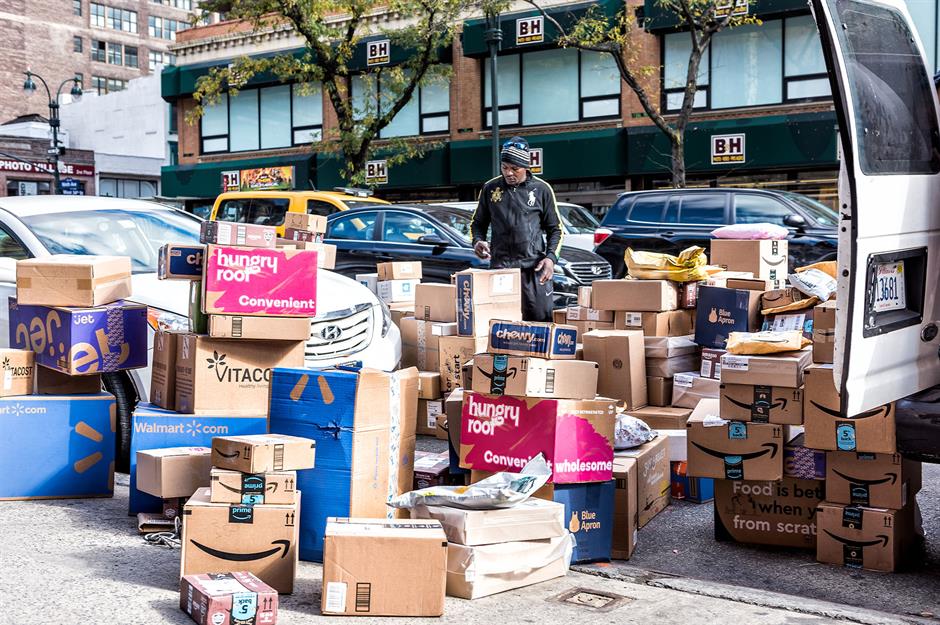
While Walmart might not have stores in every city, it's been working hard to expand its online offerings in a bid to compete with Amazon. It’s not been an entirely smooth process though...
Walmart acquired e-commerce site Jet.com for $3.3 billion (£2.7bn) in 2016, although it quietly closed the website down in 2020. It also bought women's online clothing company ModCloth but sold it off in 2019, after just two years of ownership.
COVID-19 proved to be Walmart's impetus to move customers online. In 2021, the retailer made one-in-four dollars from click-and-collect orders placed by its customers across America.
Sky high revenues
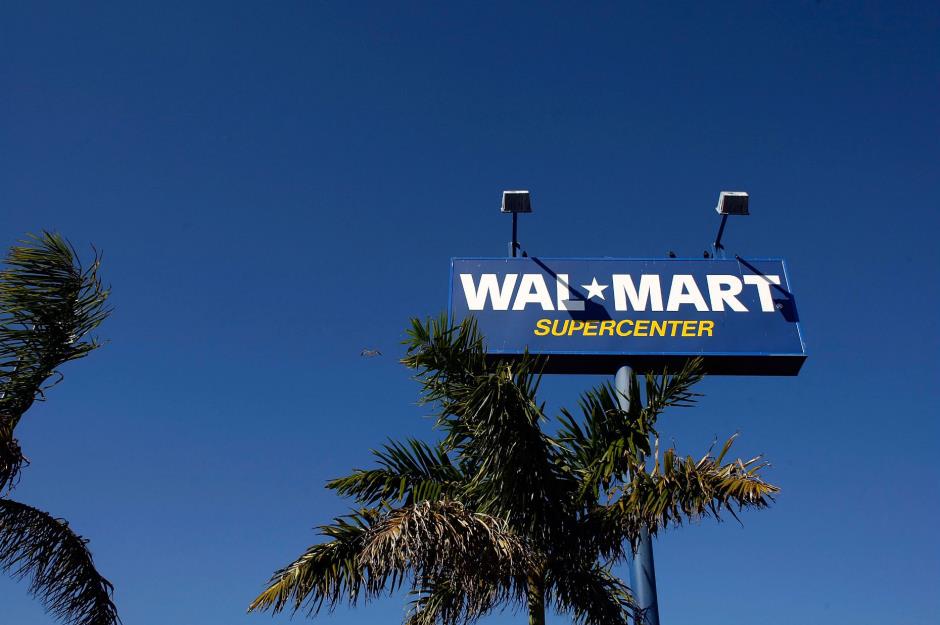
Generally speaking, Walmart is continuing to grow. In the company's latest fiscal year report, total revenue was 2.4% higher than over the same period the year before, at a whopping $572.8 billion (£473bn).
That figure means the company is technically richer than many countries, including Sweden, which has a GDP of around $541.2 billion (£447bn), Thailand at $501.6 billion (£414bn), and Israel, which has a GDP of $407.1 billion (£336bn).
Race to the top
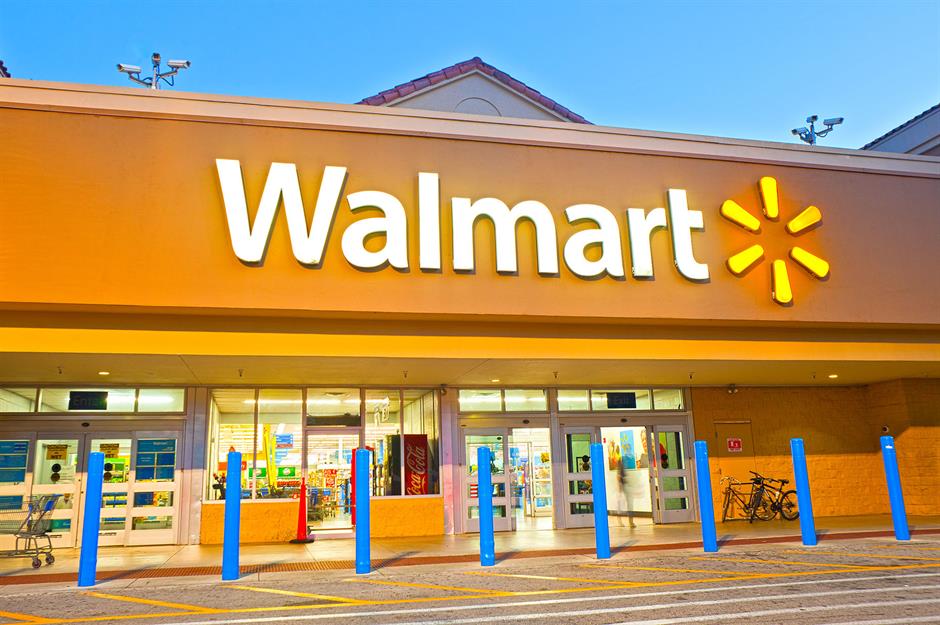
In 1989, Walmart became the first retailer in history to report after-tax profits of $1 billion (£826m), even though it was only operating in 26 states at the time.
Fast-forward to 2021 and the company reported $13.5 billion (£11bn) after taxes, although that's around 9.2% less than the $14.88 billion (£12bn) it recorded in 2020.
Beyond billions
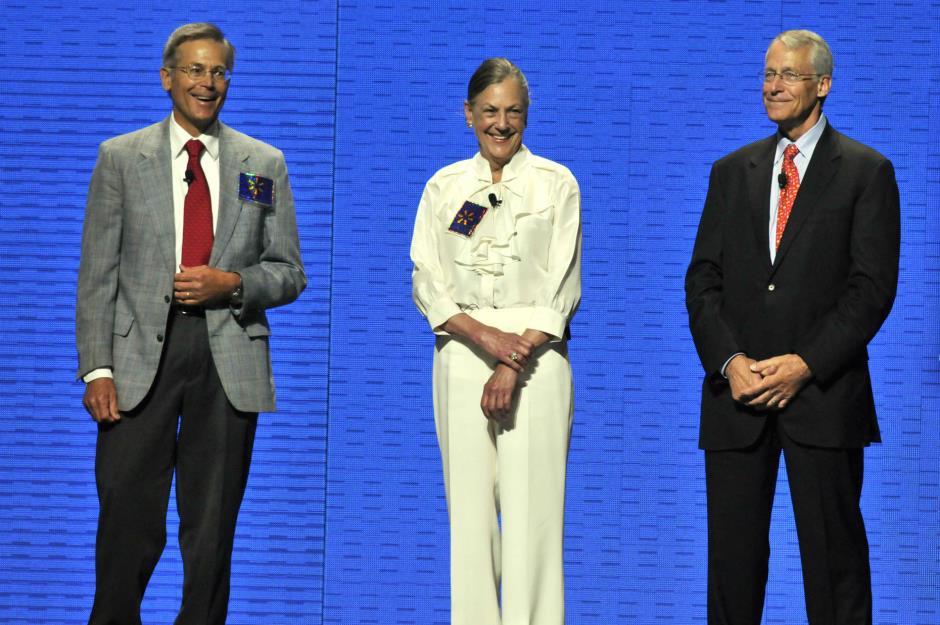
The Walton clan is estimated to be worth a collective $238 billion (£197bn), making them the wealthiest family in the world.
According to a recent report by Bloomberg, the Waltons earned $4 million (£3.3m) every hour from their retail empire between August 2019 and 2020.
Although when you consider that more than 100 million people shop at Walmart's stores each week, it's perhaps not that surprising...
Pay gap
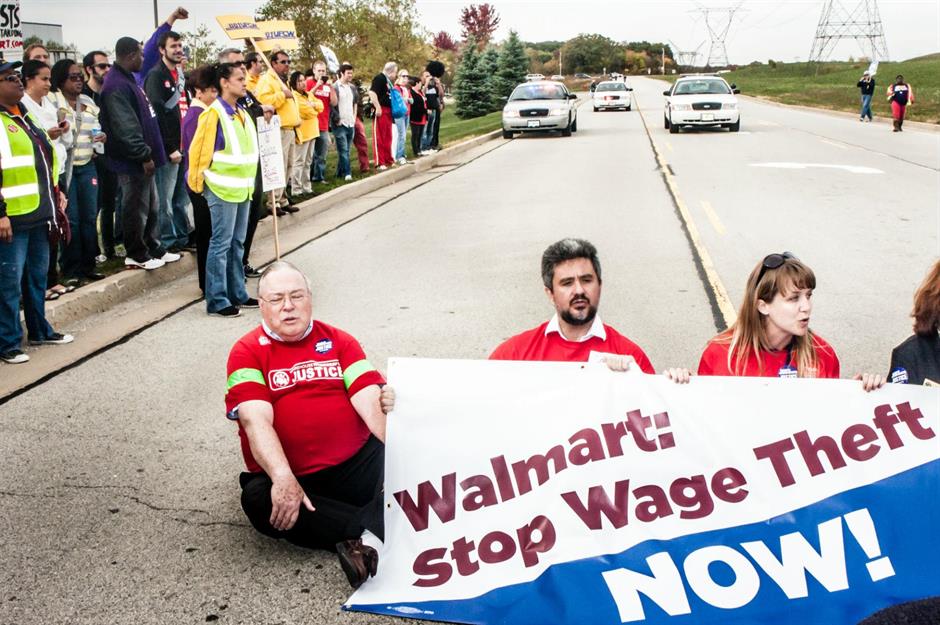
With such prolific profits, the company has often come under fire for not passing along more of the millions of dollars that are made every day to its hourly employees.
In 2019, presidential candidate Bernie Sanders accused the Walton family of making more money in one minute than its workers make in a year, an assertion that fact-checkers quickly calculated to be true.
In the same year, a report from the Institute of Policy Studies showed that Walmart’s CEO Doug McMillon gets paid 1,076 times more than the average Walmart worker.
The company responded by saying that its baseline salary was not representative of all the benefits of working for the company, including education and career development opportunities.
Federal funds
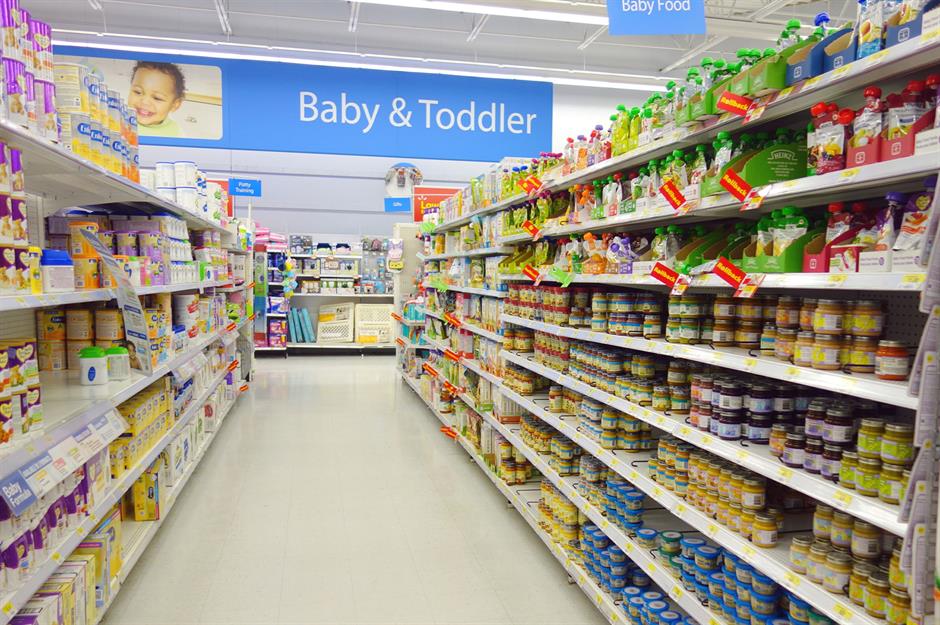
Others have accused Walmart of subsidising its business through government programs used by low-wage workers, such as Medicaid and the Supplemental Nutrition Assistance Program.
In 2014, one political action committee estimated this to be worth more than $6 billion (£5.1bn) per year. On the flip side, the retailer makes good money by accepting the program’s payments. A separate report found that 18% of all SNAP payments goes to Walmart.
Growing waistlines

There's also concern about the impact Walmart has on Americans' health.
A 2011 study claimed that for every additional Walmart Supercenter built per 100,000 residents, the obesity rate increased by 2.3%, while the average BMI grew by 0.24 units.
The researchers said their estimates imply that the store's rapid growth explains 10.5% of the rise in obesity in the US since the late 1980s.
Going bananas
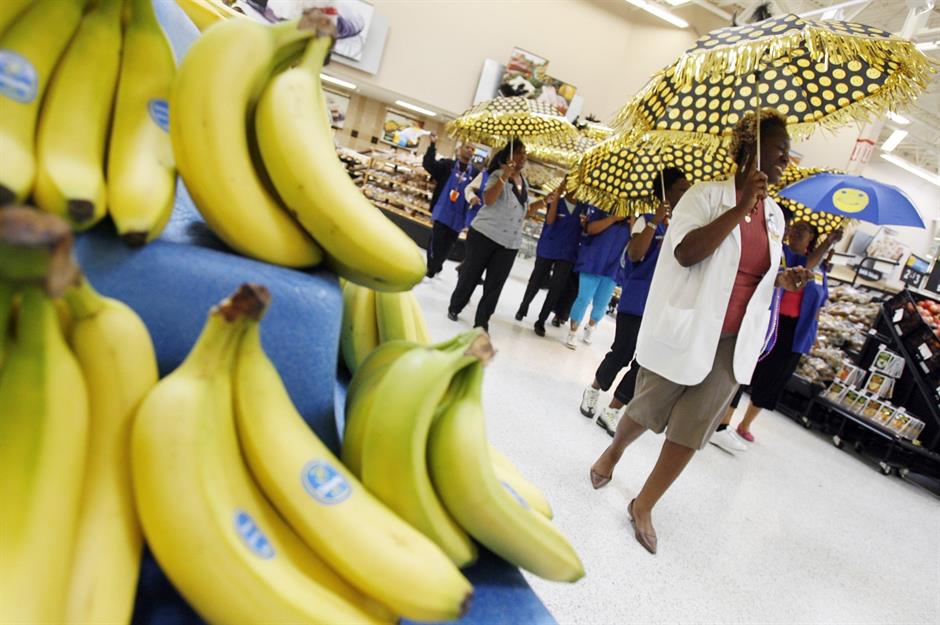
Funnily enough, however, of all the various items it sells in-store and online, Walmart's most popular product is quite a healthy one.
Walmart’s CEO Doug McMillon revealed in 2020 that the company sells "billions of bananas" each year. The company even has its own state-of-the-art banana ripening rooms to ensure that the fruit is in tip-top condition before it hits the shelves.
Moving into medicine

While shoppers have long had access to eye doctors and pharmacies at Walmart stores, they'll soon be able to add add primary care providers to that list.
Walmart Health opened its first clinic in 2019 in Georgia, and quickly opened a dozen more locations in other states. In addition to Walmart Health, the company has announced plans to open 4,000 "healthcare supercenters" by 2029, which will even offer clinical lab testing.
Vaccines are on the grocery list
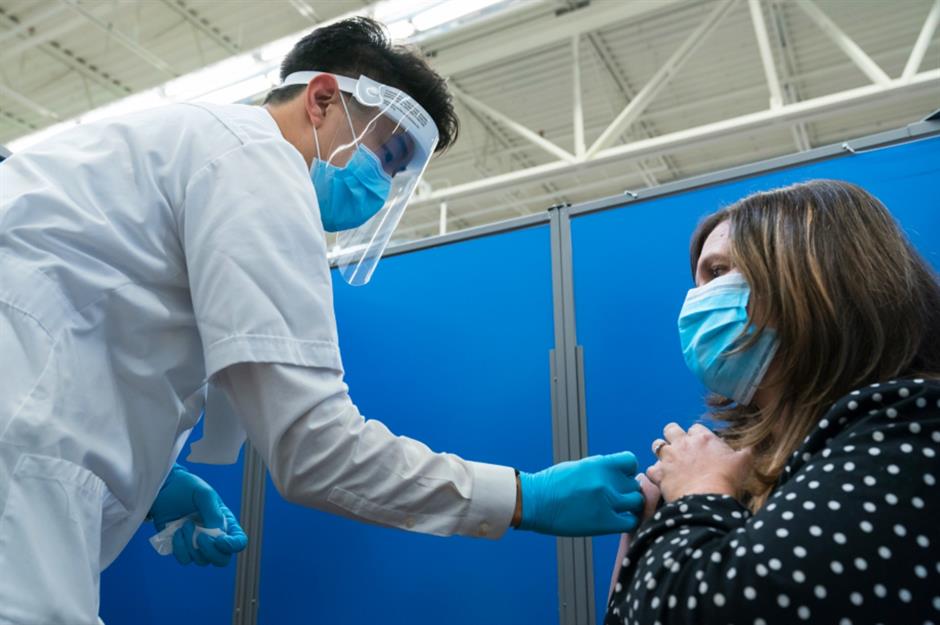
Walmart has already proven itself as a key player for the healthcare industry, using its vast presence across the country to administer tens of millions of COVID vaccines over the last year.
It was one of around 20 companies that participated in a federal program to distribute the vaccinations. Retail pharmacies don’t profit directly from the vaccine, which is provided free-of-charge by the US government.
Now that’s big

On average, Walmart Supercenters measure in at 178,000sqft of floor space. The largest is a staggering 259,650sqft, and this gargantuan two-floor store is located in Albany, New York.
And it's not just the shopping space that's huge. Combined, the world’s Walmart parking lots alone take up an area that's roughly the size of Tampa, Florida.
Going green
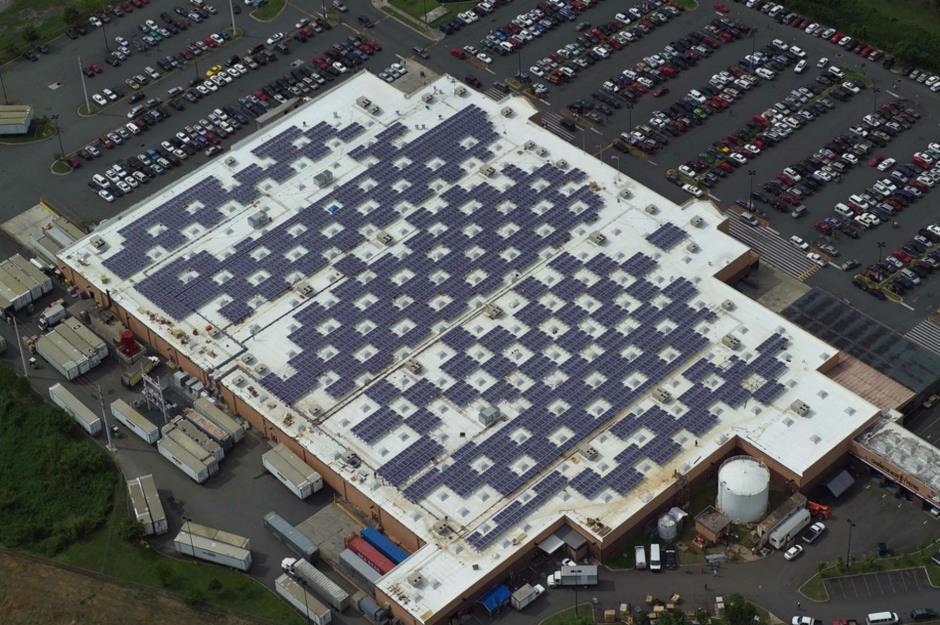
Walmart is reportedly a top solar customer in the US, and has confirmed that more than 70 of its stores have solar panels installed.
The company is pursuing other renewable energy options, and revealed that around 36% of its global electricity needs in 2020 were supplied by renewable sources.
Walmart says its goal is to be using 100% renewable energy by 2035, and it also plans to achieve zero emissions across its global operations by 2040.
Private communications

The company has long taken advantage of technological innovations. In the 1980s, it launched the America's largest private satellite network, which connected stores, distribution hubs, and its HQ.
The $24 million ($61m today) system allowed for two-way voice and data transfers, as well as one-way video communication.
And it's not all about the corporate comms. In 1998, Walmart used its satellite system to broadcast an hour-long concert performed by country music star Garth Brooks in stores across the country.
Star-studded staff

Taking a job at a Walmart store could be a step onto the career ladder, with the company stating that 75% of its salaried store management started out as hourly employees.
And it's not just retail that Walmart employees can go on to make it big in: it can also be a springboard to stardom. Country music singer Craig Morgan worked at Walmart before finding success in showbiz, while the late Glee star Corey Monteith (pictured) was a greeter at his local store.
Welcome to Walmart
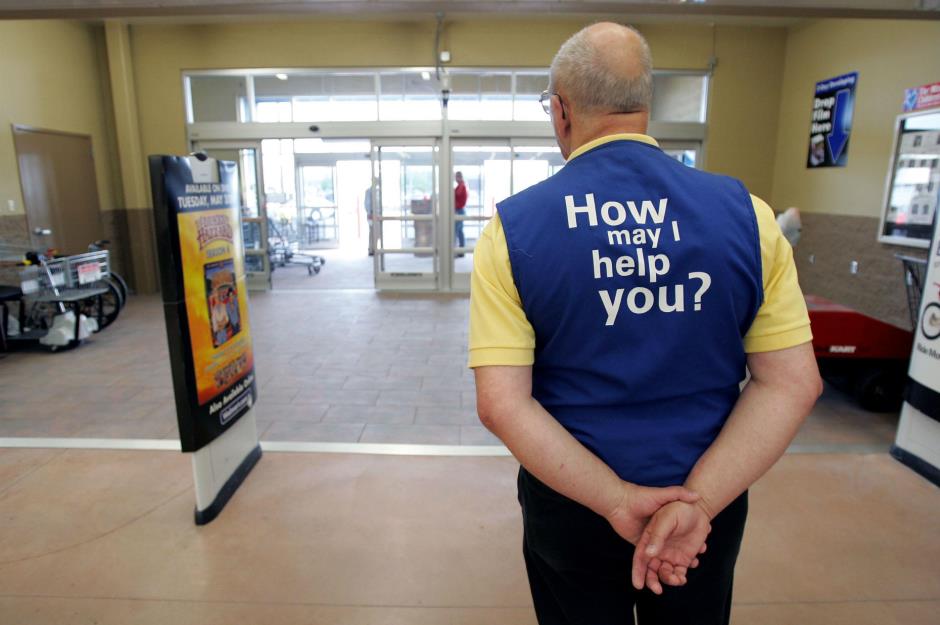
For decades, Walmart was known for its greeters and the 10-Foot Rule that was implemented by Walton. Hot on customer service, Walton instructed his staff: “I want you to promise that whenever you come within 10 feet of a customer, you will look him in the eye, greet him and ask him if you can help him".
In 2019, the company drew criticism when it scrapped the greeter position in many of its stores. New roles were created in its place, which required staff to be able to lift 25lb and clamber up ladders, among other more strenuous responsibilities.
The Equal Employment Opportunity Commission said the change would disproportionately impact greeters with disabilities and sued Walmart. As part of the resulting settlement, Walmart changed its reassignment policy and paid $80,000 (£66k) to a worker who had been let go.
Unexpected love in the bagging area
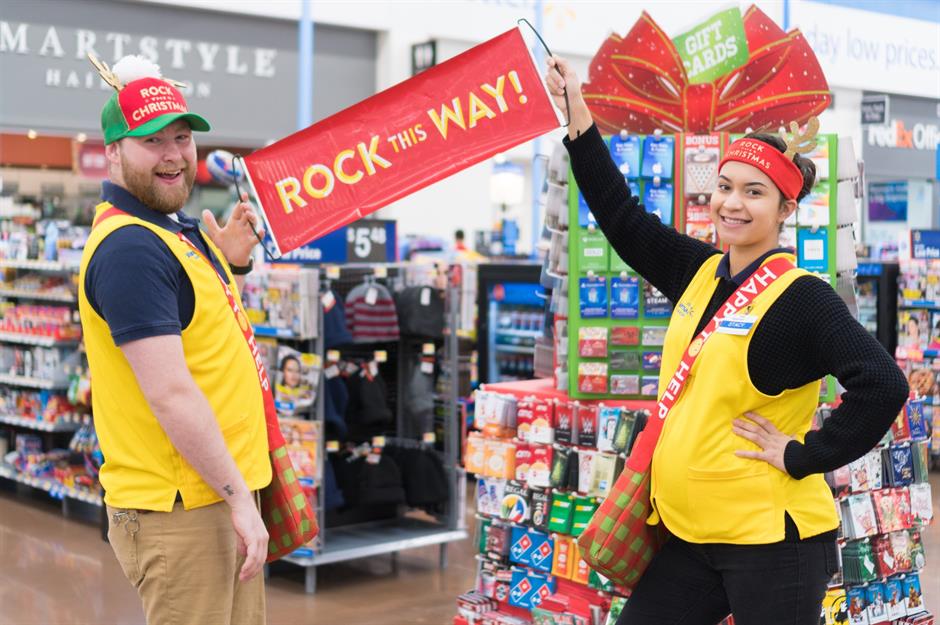
It turns out you can pick up just about anything at Walmart, including a spouse. In 2014, Psychology Today magazine published a study of "missed connection" posts on Craigslist, where lovestruck hopefuls try to track down a stranger who caught their eye.
The results found that Walmart is the most popular place to find love at first sight in at least 15 states.
Going down the aisle

Walmart is certainly behind an epic love story or two, and has even played host to weddings.
Wayne Brandenburg had been shopping at his local Walmart in North Carolina for years when he laid eyes on cashier Susan in 2005. After chatting at the tills and visiting her several times a week, the couple got engaged.
The location for their nuptials? Walmart, of course. And they're not alone. Two employees married in a Walmart garden center in Pennsylvania, while two customers who met in a checkout line married in their local Alabama store.
Special delivery
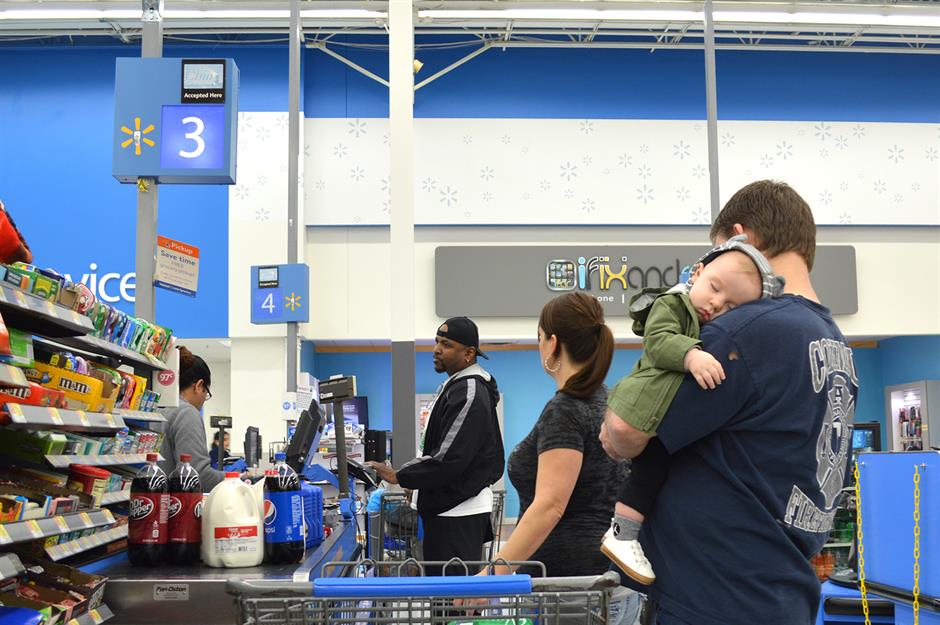
First comes love, then comes marriage, then comes a baby in the Walmart aisle – nope, we're not joking!
In 2020, a pregnant Missouri shopper, whose waters broke while she was buying toilet paper, didn’t have time to get to the hospital. Instead, she delivered her baby right there on the shop floor instead.
Incredibly enough, she wasn’t the first – and we imagine she won't be the last. After all, as many as 20 women are reported to have given birth in a Walmart over the years...
Child approved
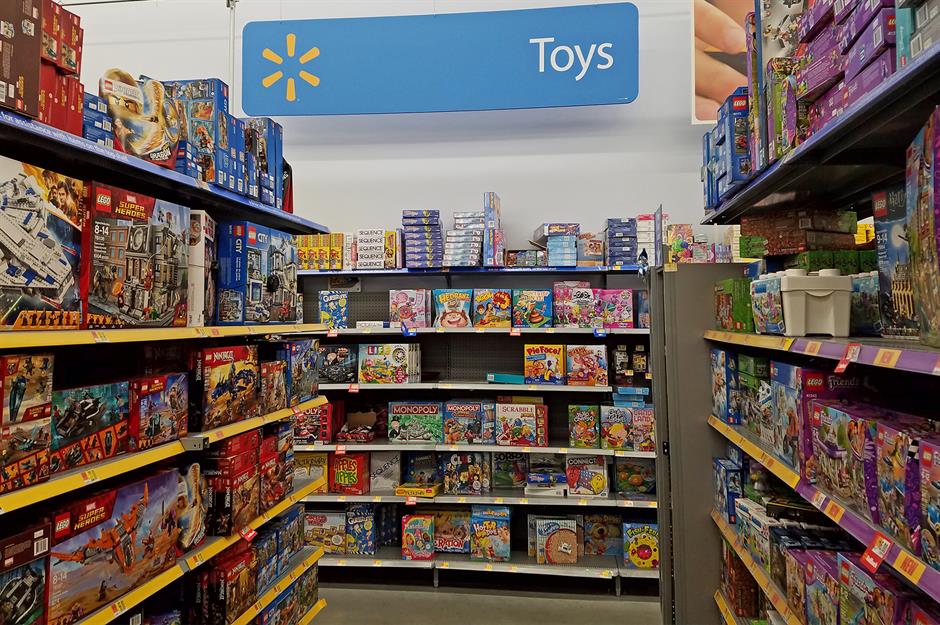
Walmart is fully aware that kids know best when it comes to toys. The retailer holds an annual summit near its Arkansas headquarters where children are invited to test out toys and explain which ones they'd want Santa to leave under the Christmas tree.
This strategy seems to pay off, with Walmart accounting for 25% of all toy sales in the US, beating the likes of Amazon and Target.
We’re off to Walmart
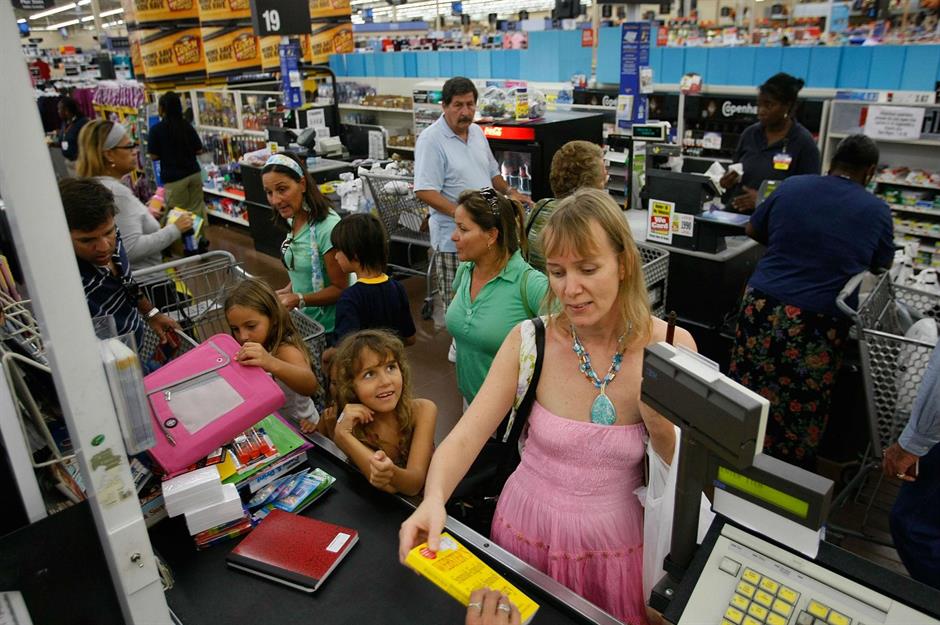
Whether stocking up on crayons, backpacks or No. 2 pencils, surveys show that nearly 70% of back-to-school shoppers buy at least some of their supplies at Walmart.
Stocking up for grade school and college students is big business, with the spend worth around $108 billion (£89bn) in 2021 alone. An incredible 90% of moms of K-12 children said they plan shop at Walmart for supplies in 2022.
Family day trip?
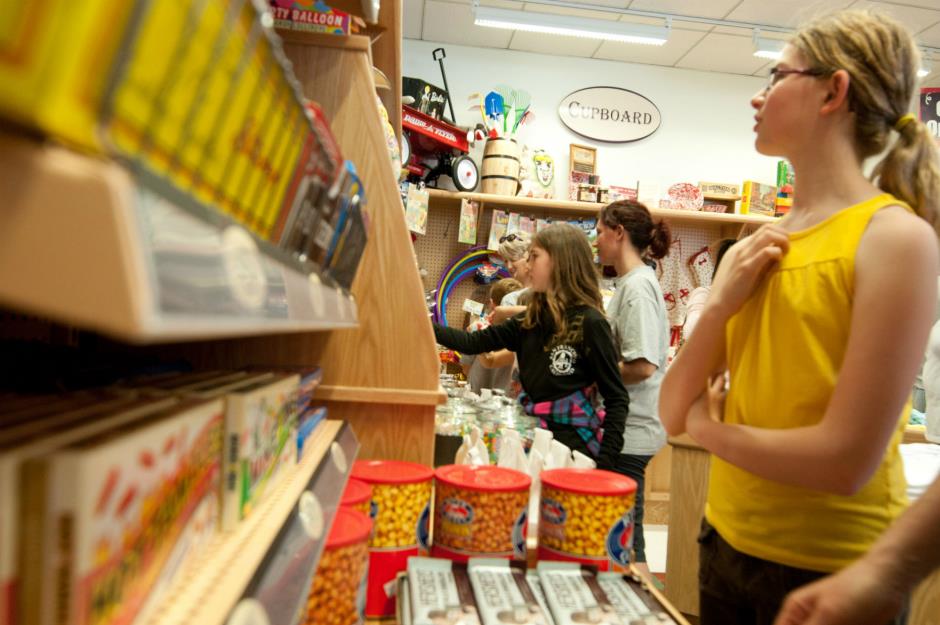
Can’t get enough of Walmart? You'll have to visit the Walmart Museum, which is located on the site of Sam Walton’s old 5&10 shop in Arkansas.
The museum has the store's original tiles and tin ceiling, and is filled with toys and knick-knacks from another era. There’s also a 1950s-style soda fountain café, which serves up pretzels, popcorn, and all manner of tempting sweet treats.
Now meet the Waltons, the family behind Walmart's staggering success.
Comments
Be the first to comment
Do you want to comment on this article? You need to be signed in for this feature